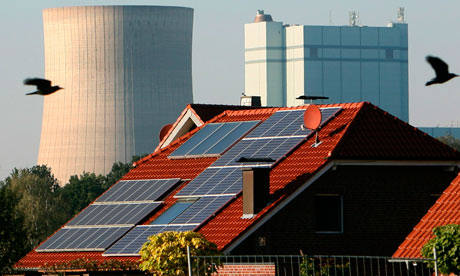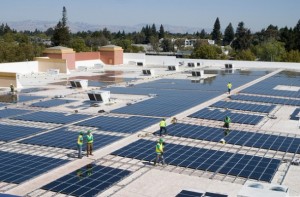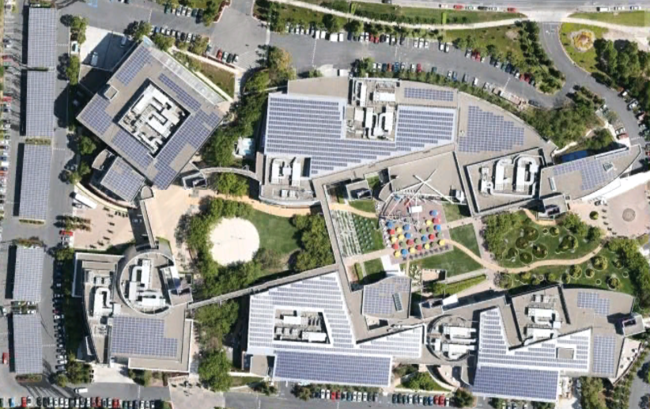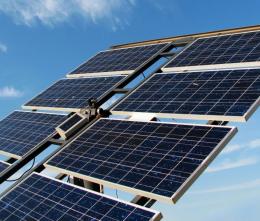
Should consumers pay more for renewable energy in order to promote a certain technology? That’s an interesting question raised by California regulators on Thursday, when they approved what they acknowledged to be a pricey contract for Abengoa Solar to sell power to Pacific Gas & Electric.
The California Public Utilities Commission voted 4-1 to approve the 25-year contract, which will allow Abengoa to build the 280-megawatt solar farm called Mojave Solar in southern California. The company already has secured construction permits from state and federal regulators, as well as a $1.2 billion loan guarantee from the U.S. Department of Energy to help pay up to 80 percent of the project’s cost.
 Follow
Follow



